Dr. Dang Thi Le Hang - Deputy Head of the Department of Biomedical Materials Technology, Institute of Advanced Technology, Vietnam Academy of Science and Technology is the only female scientist among the 10 young talents receiving the Golden Globe Science and Technology Award in 2025. The 32-year-old female doctor owns 2 national patents and 38 scientific articles published in international scientific journals in the Q1 and Q2 categories.
Spectacular "turn"
Taking a break from a favorite major, then switching to Biotechnology in college, that was a "turn" of the young female doctor, and until now, when recalling it, she still finds herself very brave.
“Choosing to switch to biomedical research, I simply thought I wanted to do something that really interested me, even though I knew I would have to start from scratch and accept many risks,” said the female doctor.
Few people expected that, amidst the dry theoretical pages and complex series of experiments in the lab, young female doctor Dang Thi Le Hang would be "addicted to games". "For many people, games are pure entertainment, but for me, it is a way to entertain myself after hours of struggling with chemicals, equipment and experimental results that sometimes do not listen (laughs)", Ms. Hang shared.
According to Ms. Hang, there were times when she worked tirelessly for weeks in the lab, just to find a solution for a reaction that did not go as expected. "When an experiment failed, I never forgot, nor was I discouraged, but considered it an opportunity to take a break. Each time, I left the pile of data, played games, then had the energy to go back to read the documents, think and try again," Ms. Hang shared.
For the young female doctor, failure in research is not scary, what is scary is not knowing why you failed. Therefore, every time she "lost a battle" in the lab, she faced it with a calm mind, reviewing each step, carefully reading the experiment like a player reviewing a "replay" of a game to find errors, then persistently "playing again" until she got the desired result.
Therefore, the young female doctor has spent her youth researching, improving, and optimizing treatment drugs from biomedical materials to solve the problem of effective dose and toxic dose intervals, short circulation time, and the number of times the drug is continuously used to maintain effective concentrations...
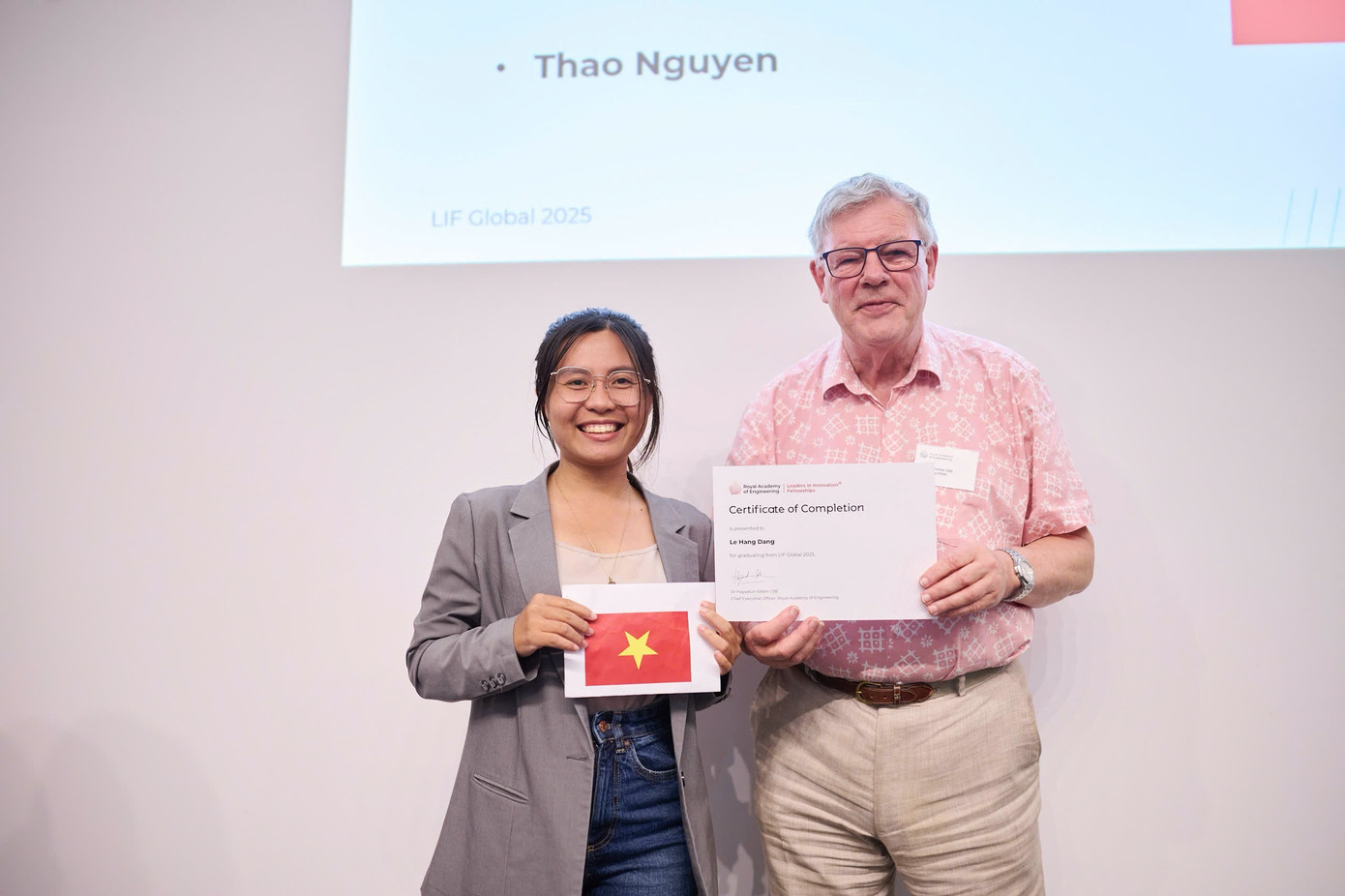
Dr. Dang Thi Le Hang is currently working at the Institute of Advanced Technology, Vietnam Academy of Science and Technology.
According to Ms. Hang, biomedical materials technology can utilize organic chemistry to adjust and transform materials on a biologically responsive basis, or create interactions with the micro-environment to adjust biological reactions, change according to the stimulation of peripheral agents, or internal agents in the body to adjust drug release... Thereby creating materials for existing drugs and therapies while waiting for new, better and more effective drugs and therapies.
In the context of modern medicine, biomaterials no longer play a neutral role as drug carriers. Based on the understanding of molecular biology and disease mechanisms, biomaterials are designed to actively interact with the biological microenvironment, thereby directing or regulating biological responses.
Developed countries such as the US, South Korea, Australia... are focusing on designing biological materials to target and regulate immune cell responses, creating key materials in modern medicine, including the treatment of cancer, immune disorders, chronic inflammation...
Women, why make it difficult for yourself?
According to Ms. Hang, it is not entirely true to say that women have more difficulties in scientific research. The difficulty lies not in the experiments or the projects, but in the prejudices that still linger somewhere out there.
“I have a PhD, but every time I go back to my hometown, my neighbors ask: Why do girls study so much, just find a husband... The statement seems like a joke, but it contains an old concept about the role of women, that studying a lot and striving a lot is something unusual, even making things difficult for oneself,” Ms. Hang commented.
However, in reality, the gender gap in science is gradually being eliminated. In many research institutes or universities, the ratio of men and women in the natural sciences, biomedicine or technology is even quite balanced. There are laboratories where the number of female researchers is higher than that of men.
The real “difficulty” is not whether or not to do science, but how to balance work and life. Once married and having a family, women often have to take on additional responsibilities outside the lab.
And sometimes, they have to fight against the very notion that “women can do it all”. These women, with perseverance and silence, are proving that gender has never been a limit to knowledge.
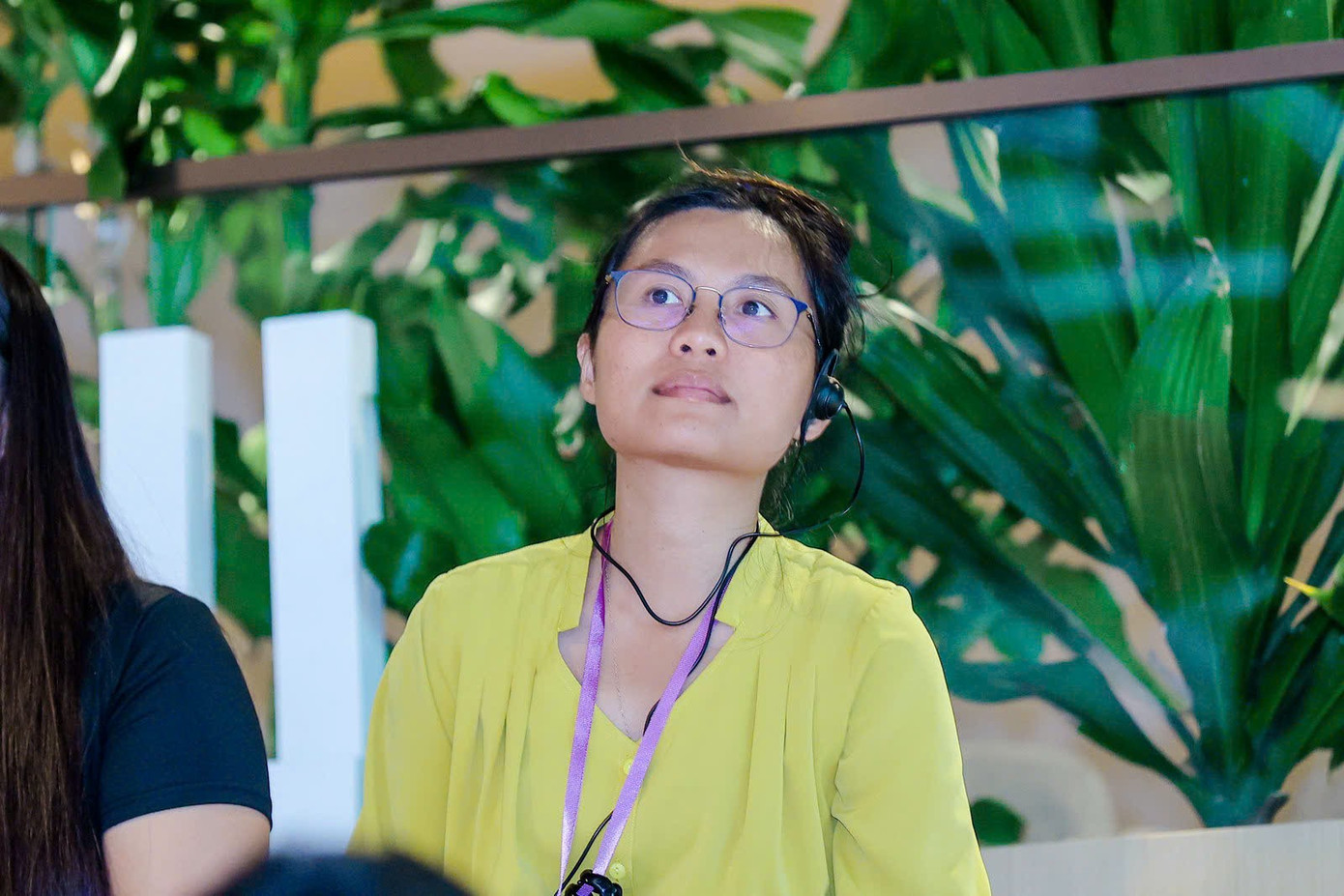
Ms. Hang pursues research in developing smart biomaterial platforms that are capable of biological interaction and response to pathological microenvironments.
"When job opportunities are limited, evaluation and comparison between researchers, and gender bias are inevitable. Perhaps, time is still the fairest and most accurate measure to truly know who and which work creates lasting impact," Ms. Hang confided.
For young female scientists, time is sometimes a luxury. They have to prove their worth immediately in reports, international publications, or each time they defend before the council. To be recognized, they have to be sure in every data, rigorous in every judgment.
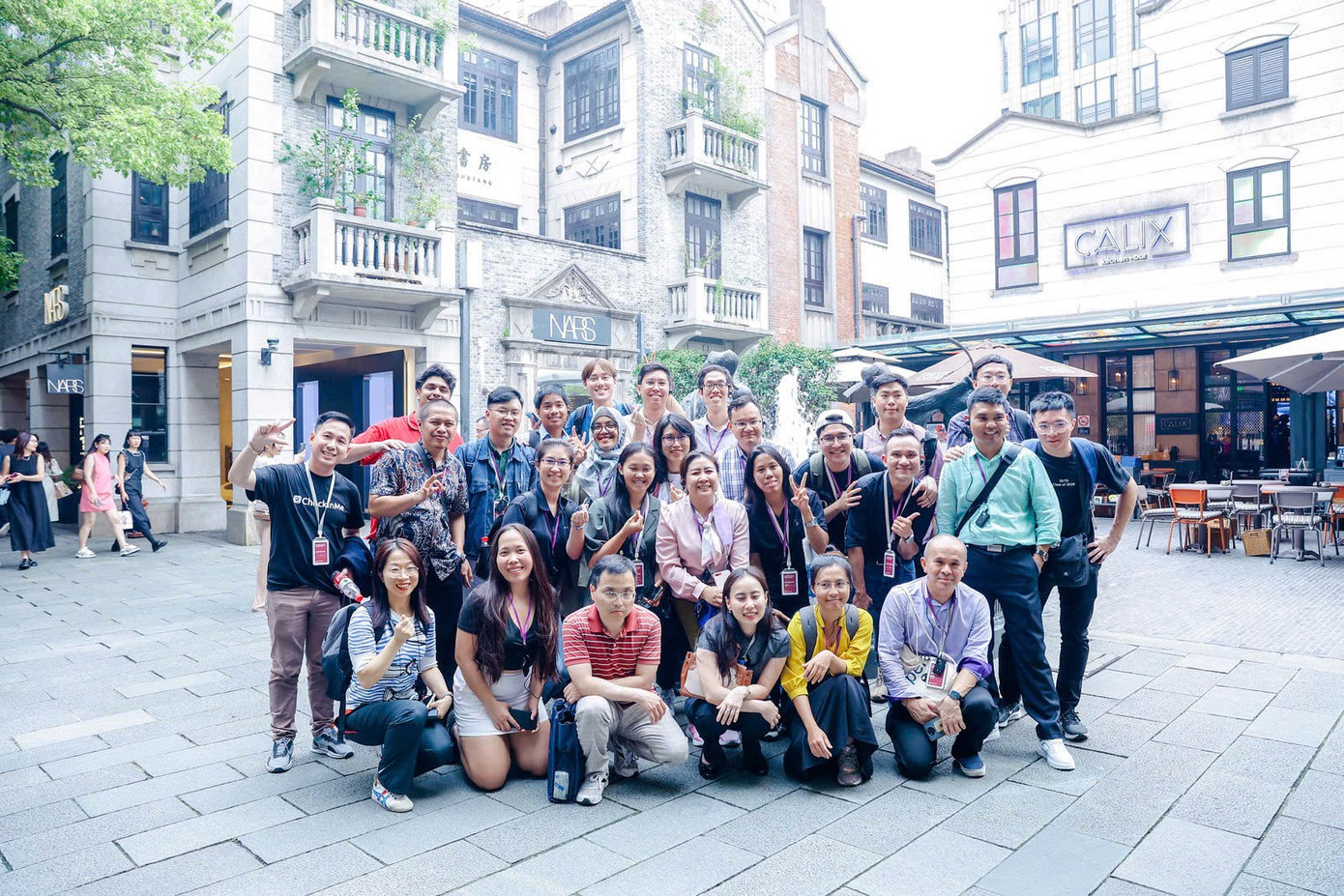
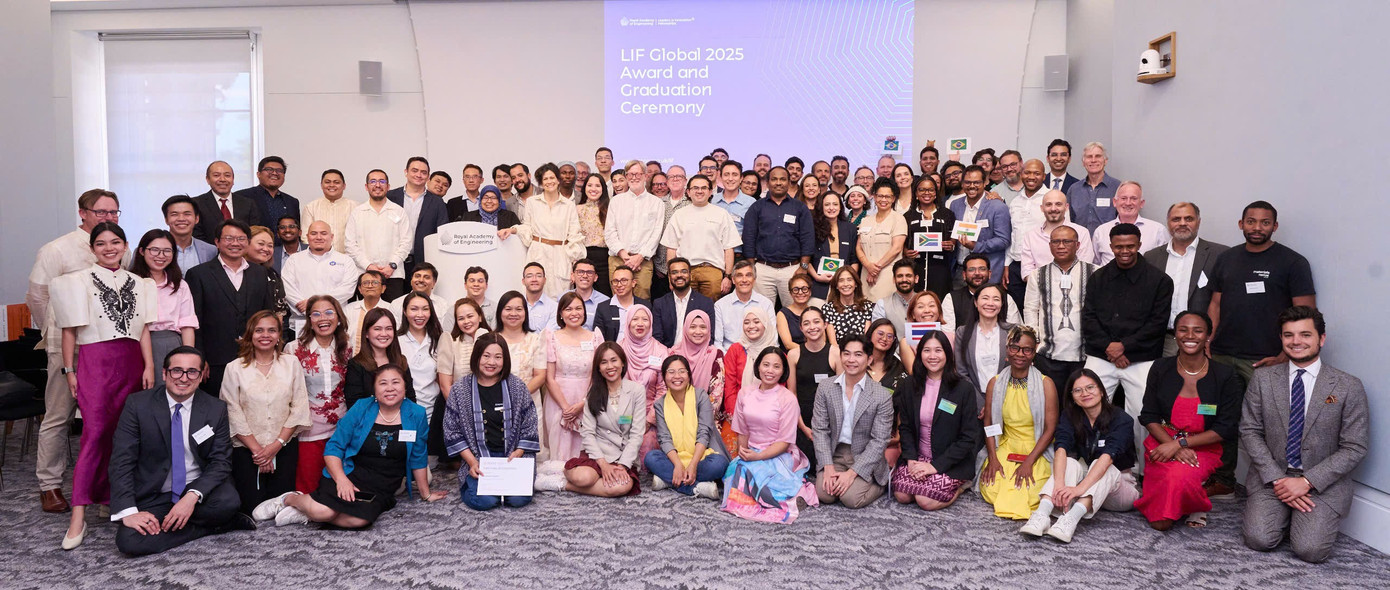
Dr. Dang Thi Le Hang and colleagues at home and abroad.
From that daring “turn” years ago, to the days of hard work in the lab, Ms. Hang has come a long way, working hard every night with data… with the belief that science does not disappoint those with passion. The female doctor believes that, if she goes all the way, today’s efforts will contribute to creating real value for tomorrow.
Dr. Dang Thi Le Hang owns 2 national patents, 22 scientific articles published in international scientific journals in the Q1 category (13 articles as main author), 16 scientific articles published in international scientific journals in the Q2 category (4 articles as main author).
She is also the author of 2 scientific articles published in domestic scientific journals (2 articles as the main author), 3 monographs published by prestigious publishing houses, and 1 training book chapter published by a prestigious publishing house in the world .
Source: https://tienphong.vn/bai-3-nu-tien-si-va-bai-toan-toi-uu-thuoc-dieu-tri-tu-vat-lieu-y-sinh-post1784957.tpo


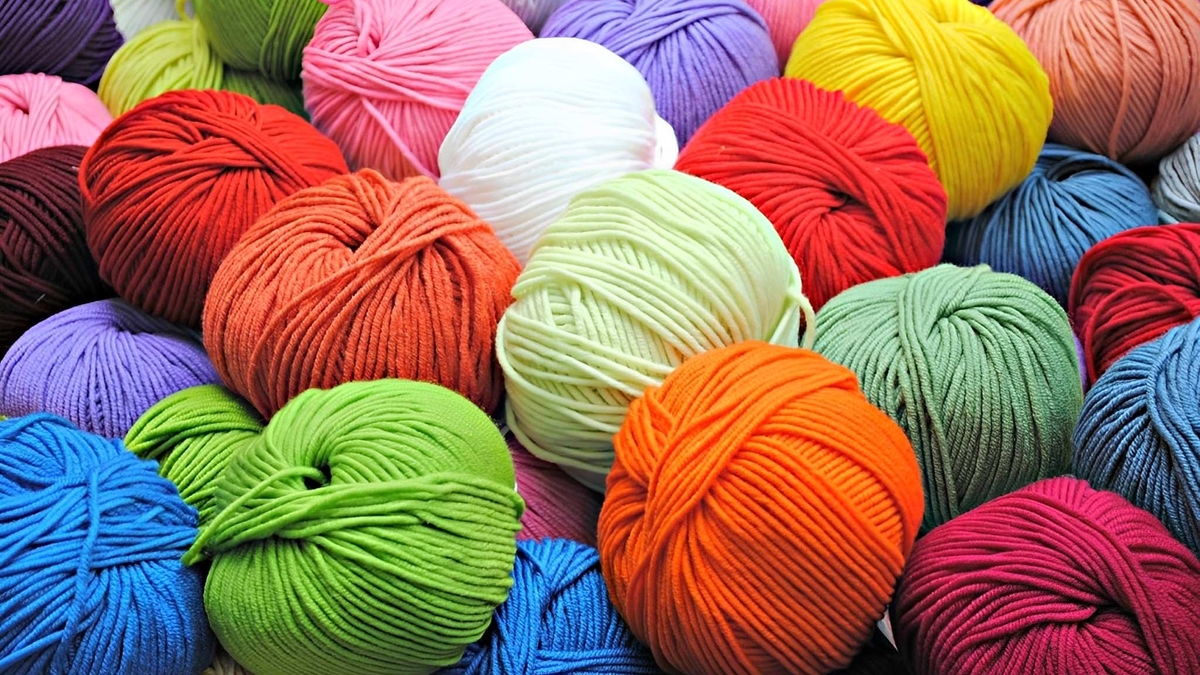
![[Photo] Prime Minister Pham Minh Chinh chairs meeting on railway projects](https://vphoto.vietnam.vn/thumb/1200x675/vietnam/resource/IMAGE/2025/10/23/1761206277171_dsc-9703-jpg.webp)




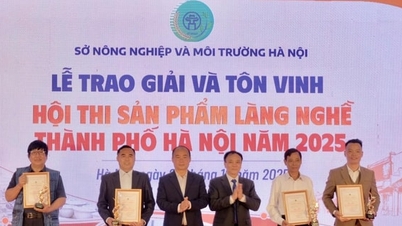



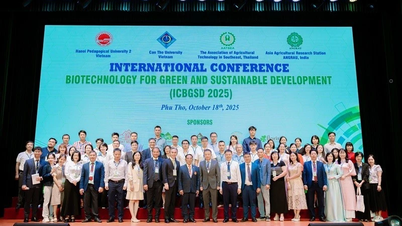

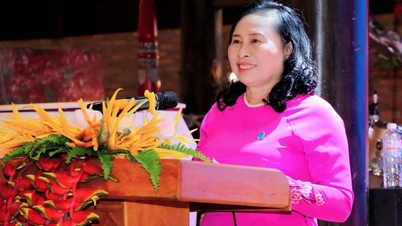

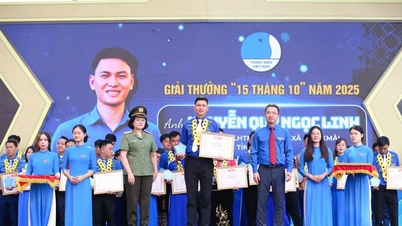





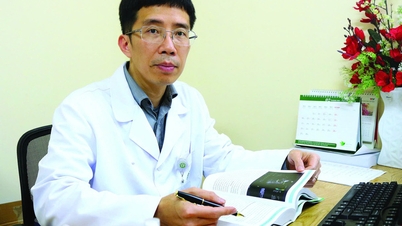

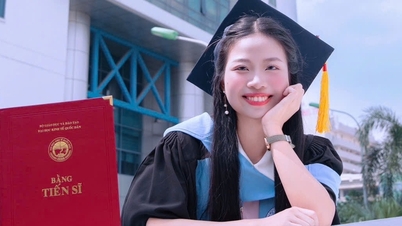

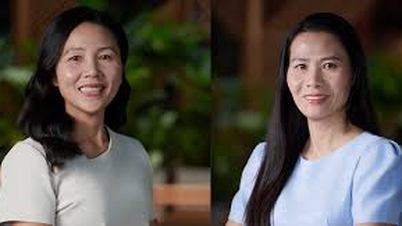








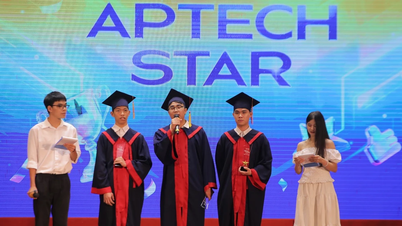


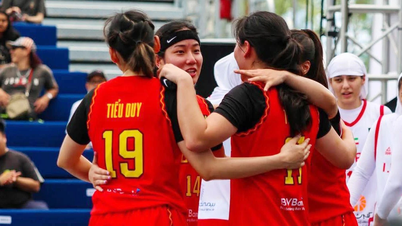











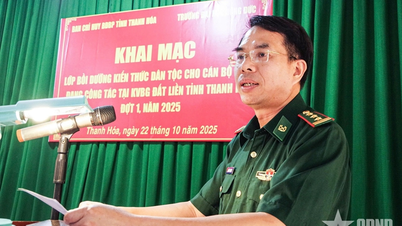

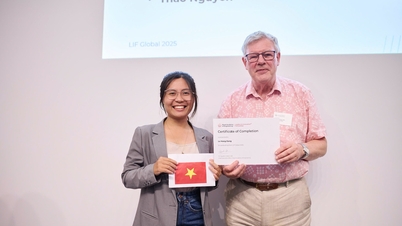
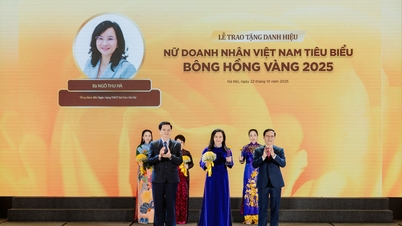
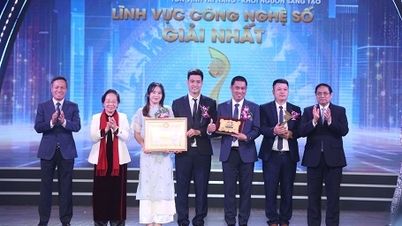
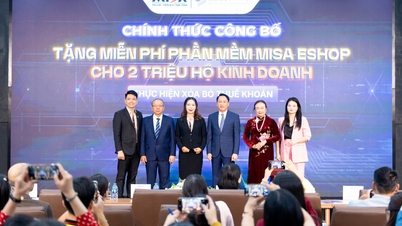


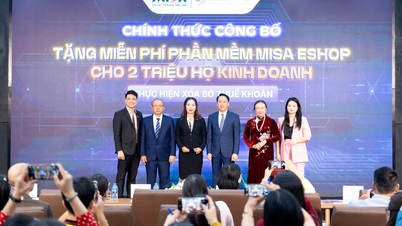













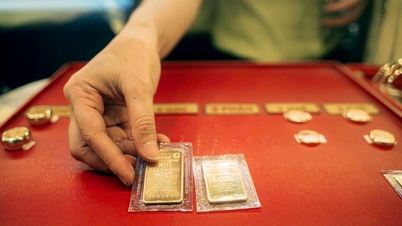
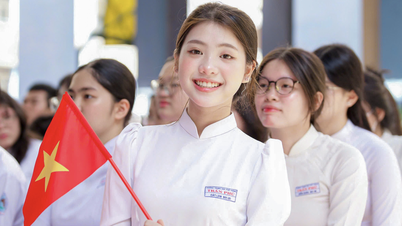
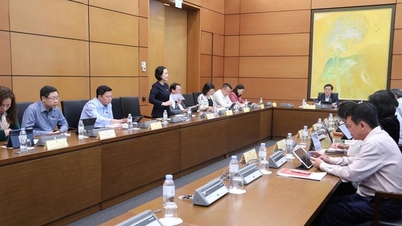


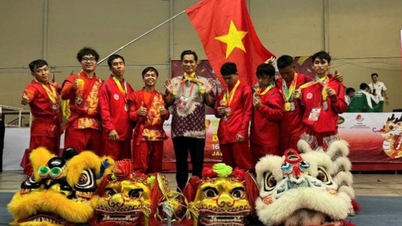
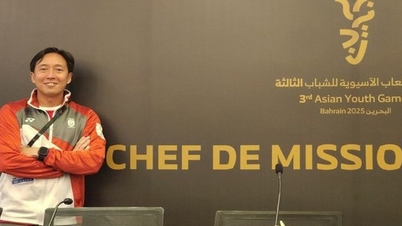
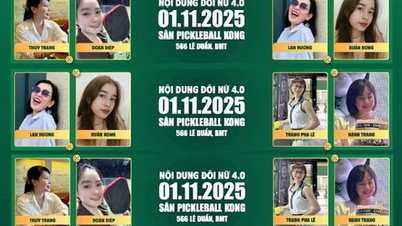
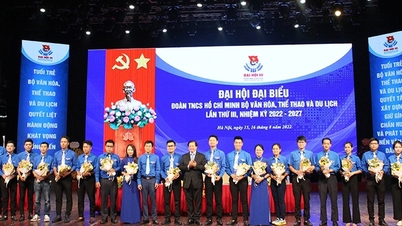
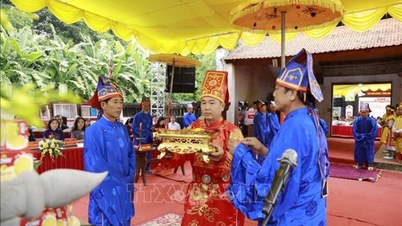

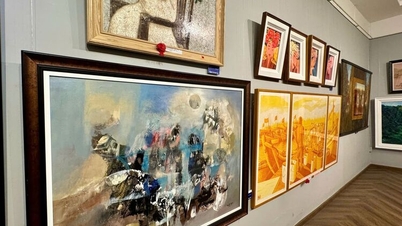
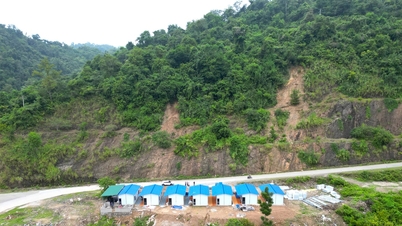

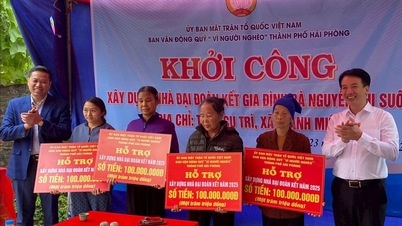

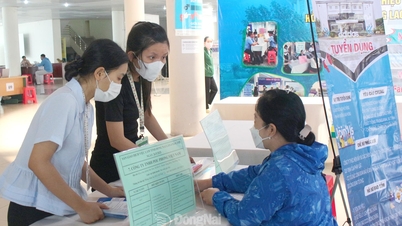
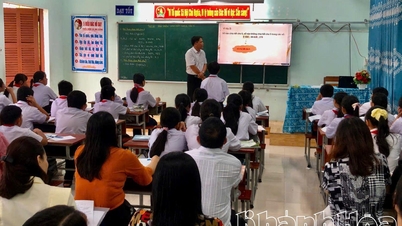













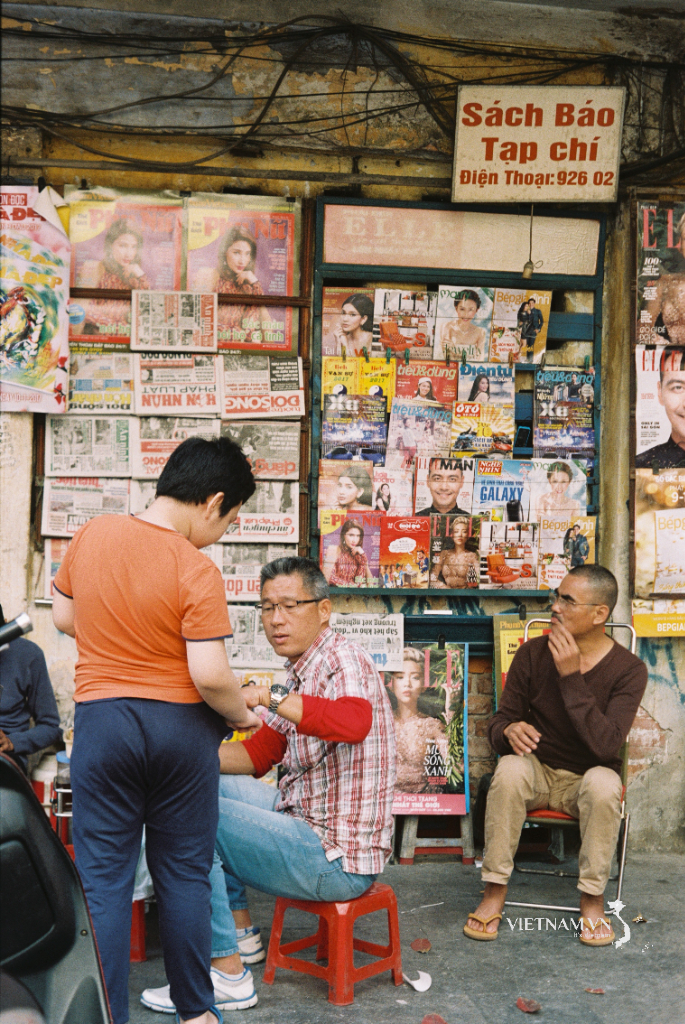

Comment (0)